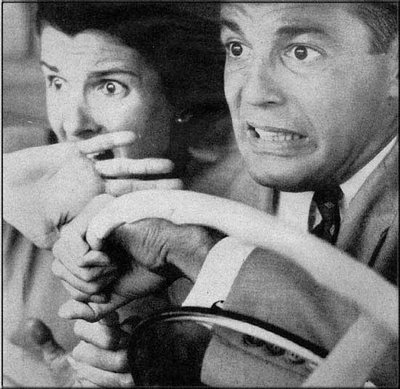Save Money Doing These 4 Simple Car Repairs Yourself
When you have struggled to purchase a new vehicle, especially if you have secured automotive financing with no credit or bad credit, there are a lot of new expenses to consider. Anything that saves money on the overall cost of operating that vehicle will make your life easier. In our last post, we talked about what you can do to save money on auto insurance. After your car loan payment, insurance premiums and your fuel costs, your next biggest expense will likely be car maintenance. And it’s an important one, because you need that vehicle to be running well if it’s going to get you to and from the job you need to pay for it!
The more you know about how your vehicle works, the more confident you will be when performing some of your own repairs. Of course major repairs should always be handled by a licensed, professional mechanic. However, there are minor car repairs that you should be able to do yourself, even if you’re not particularly handy. If you can take care of some of your own routine maintenance, you can save money and avoid the hassle of trips to the auto repair shop.
Replacing a Dead Car Battery
Batteries can be intimidating, and not following the correct order when replacing one can be dangerous, but changing a battery is a simple repair that anyone can do on their own. First, remove the negative terminal, and then remove the positive terminal. Check to see if the battery is secured with any other clips and then pull it up and out of the car. Then, install the new battery in the same place and replace the POSITIVE terminal first, followed by the negative. There! Simple! But please, for the sake of the environment, properly dispose of the old battery in an appropriate recycling facility. If you are in Toronto, use this website to find the nearest drop off depot for household hazardous waste.
Changing a Flat Tire
Knowing how to change a tire isn’t just a car maintenance trick, it’s an important life skill that every adult who drives a car, or even someone who travels in one frequently as a passenger, should know how to do. Though it seems like a daunting task, it’s actually quite simple. So simple, in fact, that they have even dedicated one of the famous “For Dummies” pages to this very topic. If you have a smart phone, take it out with you and follow the detailed steps as a dry run. Doing this once on your own in a practice setting will give you the confidence you need to handle a flat tire if it happens in real life. While you’re out there practicing, check to make sure your spare tire is inflated. There is no feeling quite like discovering that you just replaced a flat tire… With another flat tire.
Replacing Worn Brake Pads
That squealing noise you hear as cars pass by is usually made by worn brake pads, something that is pretty easy to fix and doesn’t require a lot of special tools. Granted, if you only have access to on-street parking this one is going to be a little tricky, but if you have a garage or can borrow a friend’s garage, you can save a lot of money by replacing your own brake pads. A simple brake pad replacement can cost hundreds of dollars at the shop, or the cost of parts and an afternoon of your time. Check out these simple step-by-step instructions.
Change a Fuse
Some people are surprised to learn that their car has a fuse box, just like their home. It’s true! Your owner’s manual can tell you where it is located in your vehicle, and you’ll be thrilled to learn about this little panel when something “electrical,” like your window defroster, stops working. More often than not, the culprit is a blown fuse. Fuses take seconds to replace and only cost a few dollars for a multipack.
Do NOT Try This at Home
It’s great to save money by handling some of your own car maintenance. However, there are some repairs that should ONLY be handled by a licensed mechanic, and in particular one that is familiar with the specific make and model of your vehicle, like a certified technician at a dealership. These repairs include:
- Timing Belt Replacement: Required every 60,000 – 100,000 kilometers, this repair is an expensive one that’s tempting to the amateur mechanic to attempt. The odds of causing engine damage, thus turning a $600 job into a $3,000+ engine replacement, are incredibly high. Leave this one to the pros.
- Transmission Maintenance: If you are not a mechanic, you probably have no idea how many tiny, moving parts are involved in a modern automatic transmission. DIY attempts nearly always do more harm than good, and it costs more to fix botched transmission maintenance efforts than the professional repair would have been in the first place.
- “Check Engine”: There are smart phone apps that purport to be able to perform complex diagnostic tests on your car. Auto manufacturers have invested tens of millions of dollars into this sophisticated technology. It’s highly unlikely that this has been accurately replicated in something available in the app store for a couple of bucks.
Think of performing your own car repairs as something akin to treating your own medical condition. If you have a cold, you know what’s wrong, and you can take the steps to treat it yourself. But if you have a mystery pain, you go to the doctor. When you have a flat tire, you know what’s wrong, and you can fix it yourself. If you have a mysterious light on the dashboard, you go to the repair shop.
If you are in the market for a new vehicle but don’t think you will qualify for a car loan, check out our easy online application process. You may be pleasantly surprised with the outcome. Know someone who could benefit from a little car repair education? Please share this post with your Facebook friends!
Come join the growing online community on our Facebook page.






